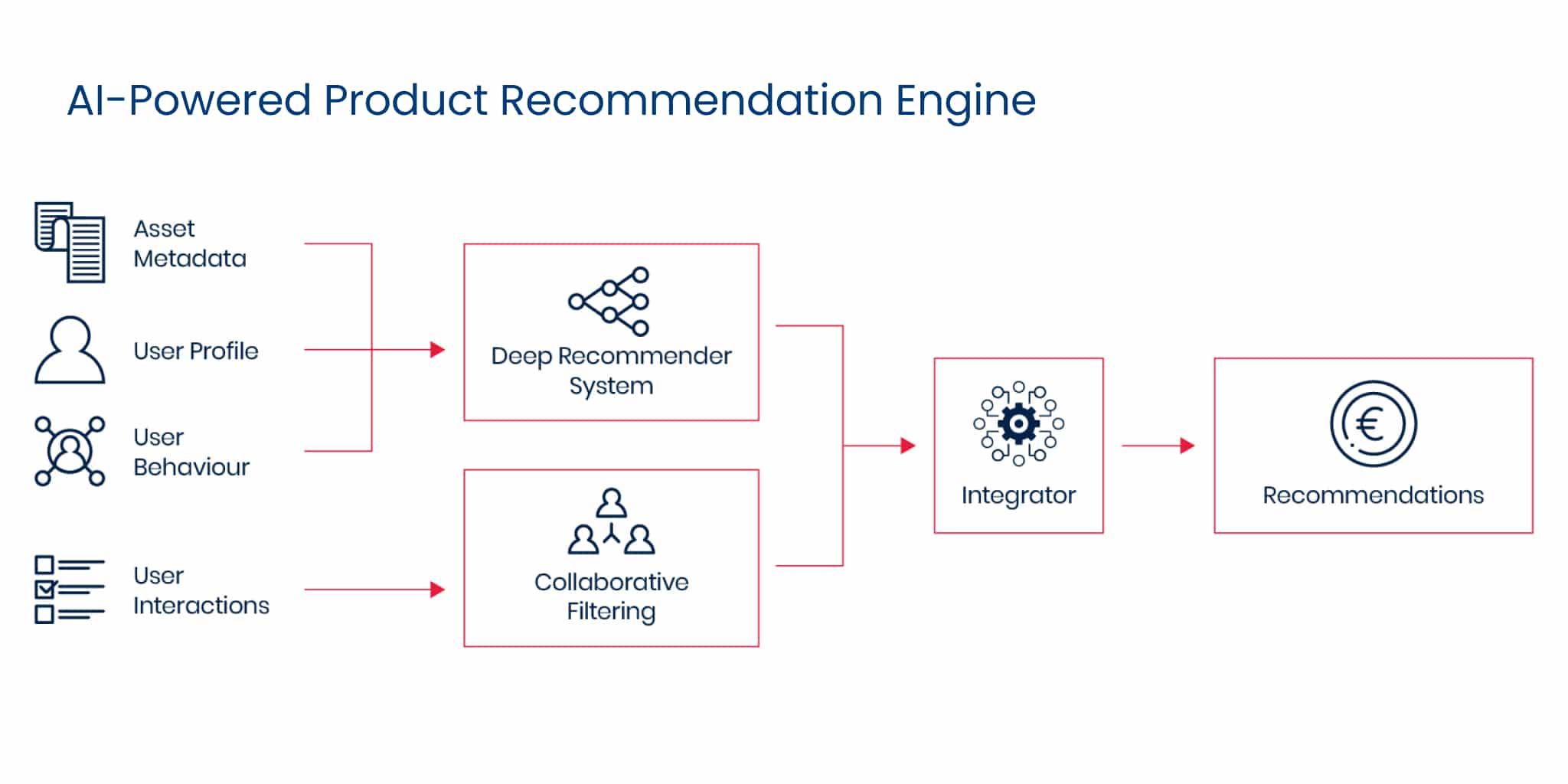Not All Recommendation Engines Are “Intelligent” due to Cold Start Problem
Many current product recommendation engines are “out-of-the-box solutions” that essentially try fitting people into boxes based on past behavior. But these solutions are very seriously affected by the so-called cold start problem whereby recommender systems can not make the most engaging product recommendations to the new users simply because they do not have any previous interactions. Also, this problem occurs when brands launch new products: no conclusions can be drawn when no one has actually purchased the product yet. However, there are ways for eliminating the cold start problem.
More advanced product recommendation engines use not only historical data on user interactions, which is often known as collaborative filtering, but also factor in two additional variables:
- The parameters of the items being recommended are size, shape, material, or whatever information is available.
- All known information on the person a recommendation is made to, e.g. age, gender, location etc.
This means that even if you add a new product to your inventory, you can still offer it to the people most likely to buy it because you know the product and who are the people most likely to be interested in it.
It also allows you to provide people with novel content. It’s a common issue for recommendation engines to reinforce their own product recommendations, nudging people further and further into an echo chamber. Correlating relevant background information and item properties allows the recommendation engine to look beyond the products a person has already seen and present them with new experiences.
But let’s have a look at how “hard-coded” traditional models differ from AI-enabled product recommendation engines.




